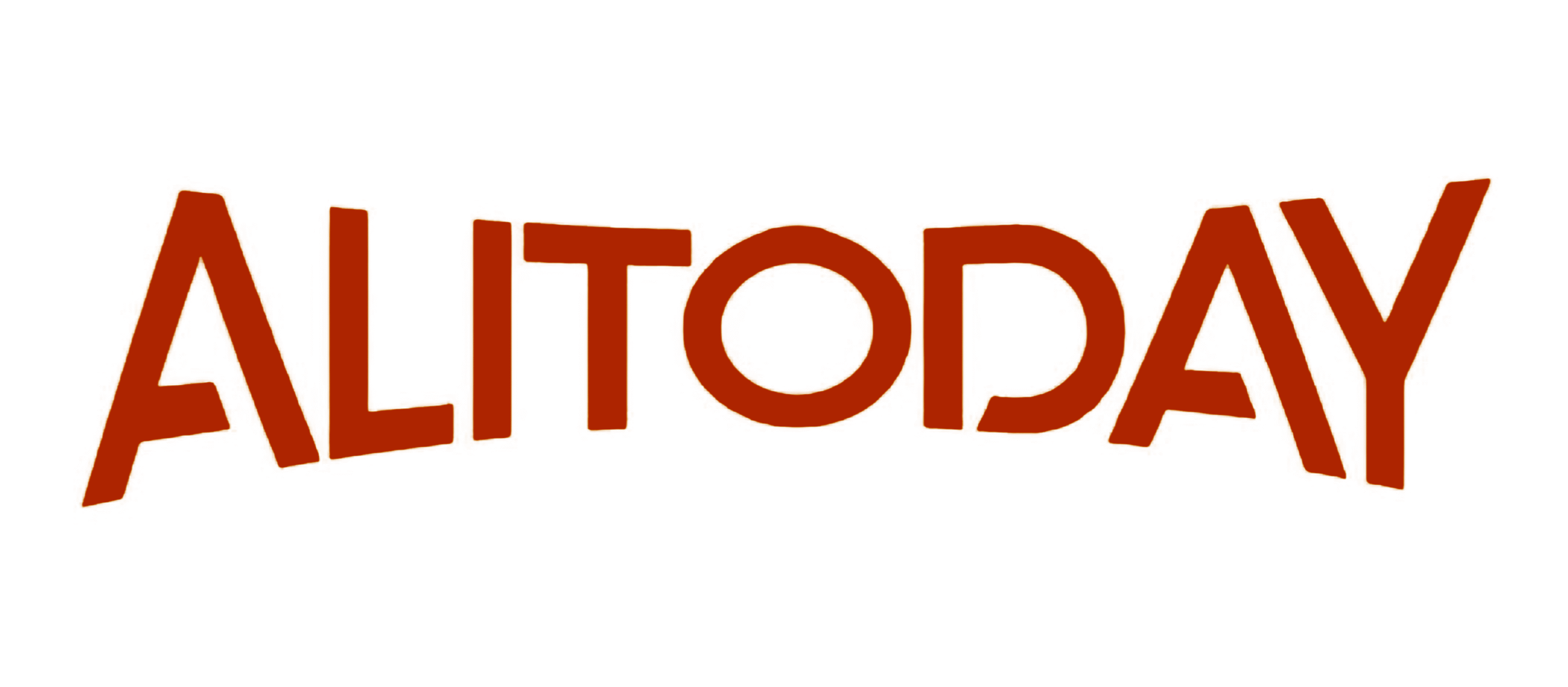New Delhi, May 27, 2025 – Elon Musk’s company Starlink, which provides satellite internet, has launched in India for 840 rupees per month. Starlink and other satellite communication (satcom) providers are gearing up to enter India’s broadband market, aiming to connect millions of users, particularly in rural and remote areas. However, high regulatory costs and technological limitations may pose significant challenges to their ambitious plans.
The Telecom Regulatory Authority of India (TRAI) has introduced a stringent fee structure for satcom operators, including a Rs 500 monthly charge per urban user, a 4% levy on adjusted gross revenue (AGR), a minimum annual fee of Rs 3,500 per MHz of satellite spectrum, and an 8% licence fee for commercial services. These costs make satellite spectrum more expensive than traditional terrestrial services, yet industry experts believe deep-pocketed players like Starlink will not be deterred.
“Despite high spectrum charges and licence fees, satcom companies are likely to offer services at a low price point, possibly under $10, to attract a large customer base and spread their fixed costs,” said Ashwinder Sethi, partner at Analysys Mason, in a statement to The Economic Times.
Starlink aims to onboard up to 10 million users in India in the medium to long term, banking on economies of scale to offset costs. However, capacity constraints could limit growth.
According to IIFL Research, Starlink’s current fleet of 7,000 low-earth orbit (LEO) satellites supports around 4 million global users. Even with an expanded constellation of 18,000 satellites, the network may only accommodate 1.5 million Indian users by FY2030 due to limited geographic coverage.
India’s share of satellite coverage is estimated at just 0.7–0.8% of the global total, proportional to its land area. Regulatory hurdles also loom large. While the Department of Telecommunications (DoT) has approved satcom services, Starlink awaits clearance from the Indian National Space Promotion and Authorisation Centre (IN-SPACe).
Also Read | Elon Musk Starlink internet is now launched in Bangladesh
The approval process has historically been slow, with companies like Eutelsat OneWeb and Jio Satellite Communications waiting nearly two years for final authorisation.
Despite promises of affordability, satellite internet remains significantly costlier than fibre broadband, with prices 7 to 18 times higher, according to JM Financial. The industry hopes that scaling operations will lower costs over time, particularly in underserved regions where terrestrial broadband is limited.
Civil Aviation and Space Minister Jyotiraditya Scindia has emphasized India’s potential for the world’s fastest satcom rollout, provided regulatory support aligns.
While Starlink’s low-cost plans could transform India’s broadband landscape, challenges like regulatory delays and limited satellite capacity may slow progress. Nonetheless, these efforts signal a promising step toward bridging India’s digital divide.



